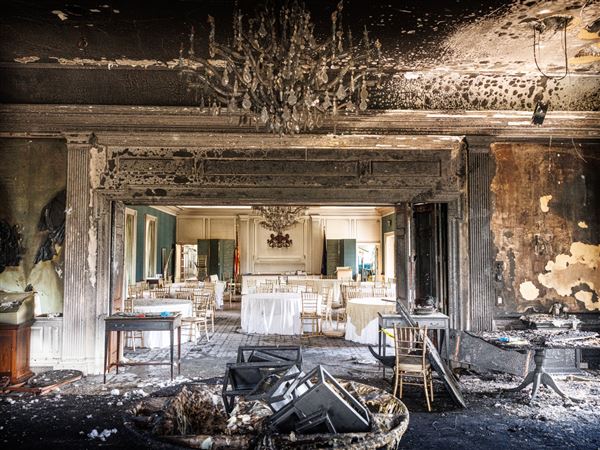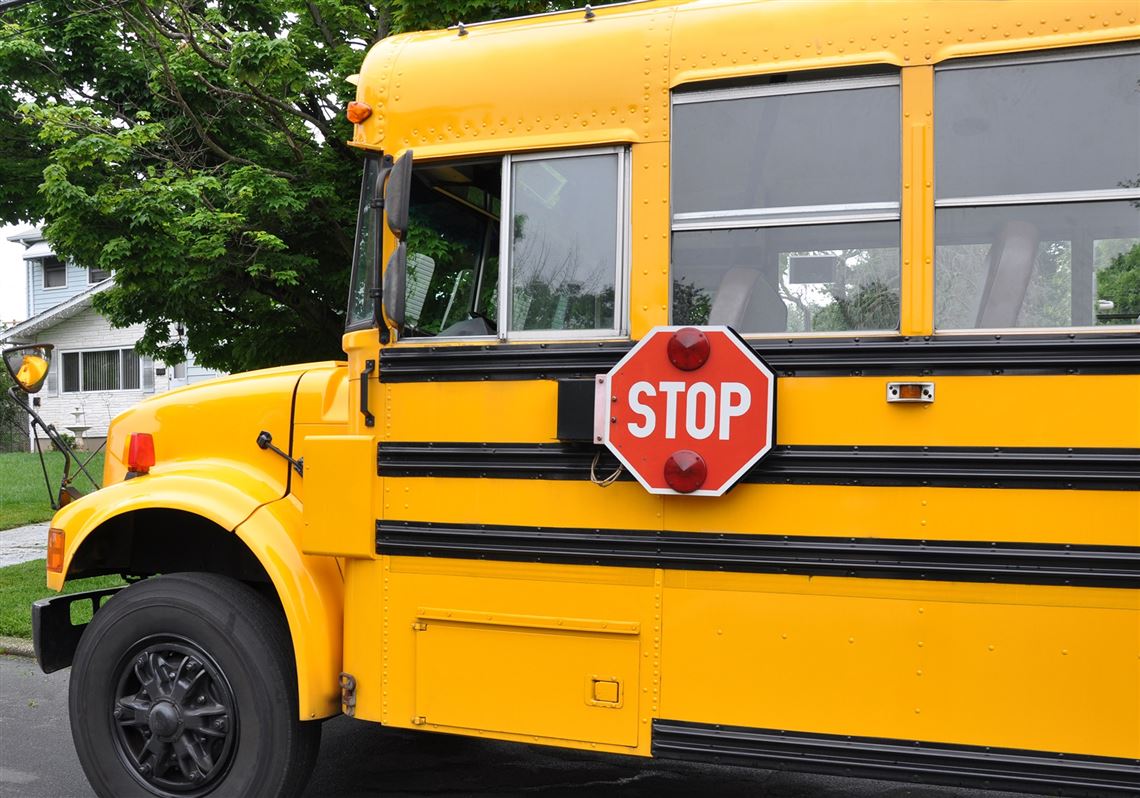North Allegheny School District officials would still like to start the high school day later so teenagers can get more sleep.
But a decades-old state law requiring public school districts to private transportation for private and parochial students may make that impossible without a large increase in the bus fleet and the budget, board members learned.
There are 15 different start times if the private schools are included in the mix, said Jason Corbally, president of Education Logistics Inc. the company that provides the software that North Allegheny uses to schedule buses.
The firm provides bus routing software to school districts across North America, according to its website.
“I can’t think of another state that requires public schools to transport to private schools,” Mr. Corbally said.
North Allegheny officials began studying whether to move the high school start time as one of several initiatives designed to reduce student stress. National experts, including pediatricians, say that high school students do not get enough sleep.
Several school systems across the country have moved the start time for high school to 8:30 a.m. or later. However, many of those, such as Seattle, are urban districts that rely on public transportation, Mr. Corbally noted.
“It drives me batty that the average high school start time is 8 o’clock and we are at 7:25,” said board member Kevin Mahler. “It’s frustrating to not have a good answer to that.”
Mr. Corbally and Roger Sechler, director of operations for the district, presented the board with several scenarios for starting high school later, and the requirements and annual cost of each scenario:
• Scenario 1: High school would start at 8:15 a.m., middle school at 7:45 a.m. There would be two start times for elementary students, 8:25 a.m. and 8:55 a.m.
“This would be nice. In a perfect world, these start times are where you want to be,” Mr. Corbally said.
However, this scenario would require the district to add 30 buses and drivers at an annual cost of $1.6 to $2 million.
• Scenario 2: High school start, 7:40 a.m.; middle school, 8:25 a.m.; and elementary school, 9:15 a.m.
This scenario only moves high school back by 15 minutes. It would require five additional buses and drivers at annual cost of $201,398 to $686,027.
• Scenario 3A: High school start, 8:30 a.m.; middle school, 7:40 a.m.; and three start times for elementary schools: 8 a.m., 8:20 a.m. and 9:20 a.m. It would add at least 10 routes at an annual cost between $728,722 to $1.1 million.
• Scenario 3B: High school start, 8:30 a.m.; middle school, 7:40; and four start times for elementary schools: 8 a.m., 8:50 a.m., 9 a.m. and 9:20 a.m. “This is by far the best chance we have of getting the bell time to 8:30,” Mr. Corbally said.
• Scenario 4: High school and middle school both start at 8 a.m. and elementary school at 9 a.m. and would cost between $1.8 million and $2.7 million a year.
Every scenario except the second one involves adding buses and drivers.
Also, Mr. Sechler said, the two bus facilities– adjacent to the intermediate high school and at Marshall Middle School – are full, so adding buses would mean adding more facilities and mechanics.
Wills Kraus, the senior high school representative to the board, said that moving the start time by 15 minute would not be enough.
The sleep patterns of adolescents change with puberty, he said. “It makes going to sleep more difficult earlier in the night. It’s not just getting enough sleep. It is about getting the right sleep at the right time.”
Mr. Kraus said that delaying high school by one hour, to 8:30 a.m. “would give optimal bedtime at 11 p.m., which corresponds to Circadian rhythm.”
Two board members asked Mr. Sechler for more detail about how crowded the high school buses are.
“The high school parking lot is packed with student cars,” said Andrew Chomos. “Regardless of the weather, they are driving.”
Mr. Sechler said that the district still needs to have seats available for those students in case they need to ride the bus in an emergency.
Administrators said they hope to have a decision for the board in January or February so the changes can be effective in the 2019-20 school year.
Sandy Trozzo, freelance writer: suburbanliving@post-gazette.com.
First Published: December 17, 2018, 8:57 p.m.















